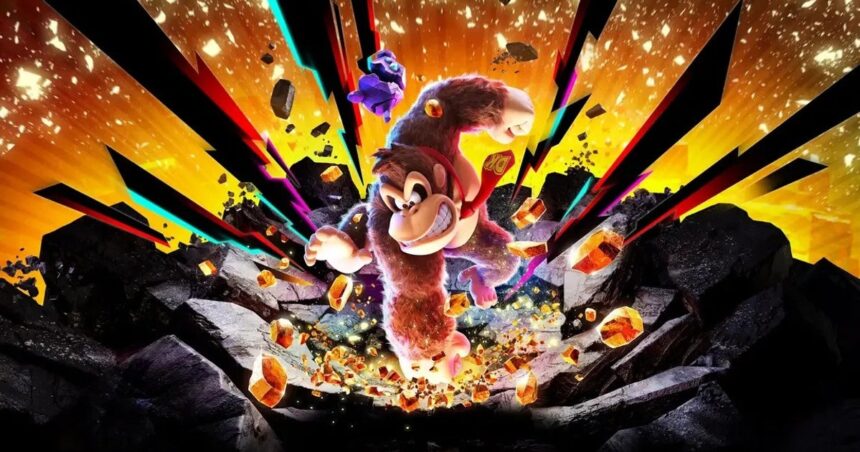The reviews are in for Donkey Kong Bananza, Nintendo’s first major release for Switch 2 since the launch title Mario Kart World. And for the most part, they are ecstatic.
The game is currently hovering at a score of 90 on Metacritic, while on OpenCritic it’s a point higher at 91. On Metacritic, that comfortably puts it within the top five best-reviewed games of 2025.
Doubts had been sown during the first hands-on previews of Donkey Kong Bananza. For example, Andy Robinson at VGC had initially worried that “smashing through the environment didn’t feel as tactically satisfying as it needs to be for a core mechanic”.
But these doubts appear to have been misplaced. IGN’s Logan Plant awarded Donkey Kong Bananza 10/10 in his review for IGN, praising how the game mixes homages with fresh thinking.
“Bananza wonderfully balances honoring its star’s various incarnations over the decades – with lovely nods to both Shigeru Miyamoto’s seminal arcade original and Rare’s classic Donkey Kong Country trilogy – while also fearlessly punching through a mountain to forge its own path.”
In short, he said, Donkey Kong Bananza is “one of the best 3D platformers I’ve ever played.”
Dustin Bailey also praised the nostalgic nods to past Donkey Kong titles in his 4.5-star review for GamesRadar+. “You’ll hear new mixes of classic tracks going back to the Rareware-era, the constant refrain of DK64’s ‘oh, banana,’ and even a handful of 2D challenge stages paying explicit tribute to the most memorable levels of the SNES games.”
He summed up Donkey Kong Bananza as “a genuine must-play for Switch 2 owners”.
Robinson, meanwhile, awarded the game four stars in his review for VGC, saying: “Bananza reinvents Donkey Kong and gives him his most memorable adventure in more than two decades, with a heartfelt story, and pleasing nods to the classic games that made the ape such a beloved character to begin with.”
Super Mario similarities
Inevitable comparisons have been made with Super Mario Odyssey, seeing as both it and Bananza come from the same studio: Nintendo EPD.
“If you’ve played Super Mario Odyssey, you’ll recognize its DNA in Donkey Kong Bananza,” said Bailey.
“You’ll wander around vast levels completing challenges to grab a central collectable – in this case, crystalline bananas – and items that let you unlock outfits that give you a unique look appropriate for each world.”
The story sees DK teaming up with a young version of Pauline – who recently popped up as a racer in Mario Kart World – with the aim of reaching the centre of the planet.
Bailey enjoyed the dynamic between the pair: “the slowly developing friendship between Pauline and DK becomes downright endearing over the plot’s twists and turns,” he said.
In two-player mode, the second player takes control of Pauline, who can shout out words that “manifest as big chunks of material that can smash the world just as effectively as DK’s fists,” says Bailey.
“It’s similar to the modes we’ve had in Super Mario Galaxy and Super Mario Odyssey,” he said, “but here the second player can actually have a real effect on the world.”
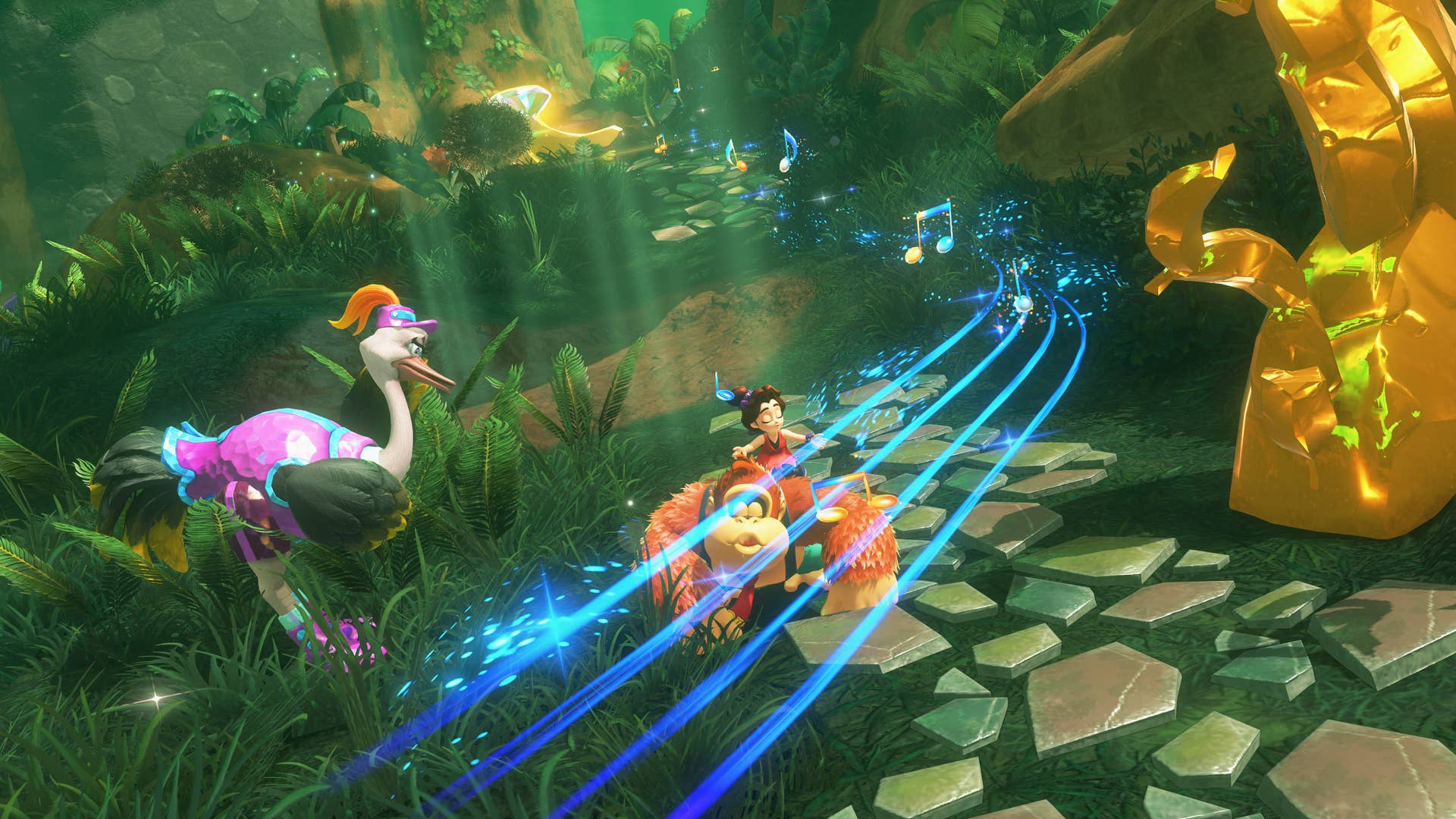
But Alex Donaldson, who awarded Donkey Kong Bananza four stars in his Eurogamer review, thinks the game doesn’t quite reach the heights that Odyssey did. “When it smashes, DK really smashes. When it doesn’t… Well, it’s no Odyssey, right?”
Still, he enjoyed the similar level structure: “The open-ended Odyssey style design where hundreds of collectibles await you means that many puzzling tasks can be completed either with their prescribed solution or by thinking wildly outside the box.”
But Jim Norman thought that Donkey Kong Bananza exceeds Super Mario Odyssey in some ways in his 9/10 review for Nintendo Life. “On the surface, Donkey Kong Bananza has more than a little Odyssey in its DNA, and the comparisons are on display right from the jump; but once I dug beneath, I realised this is the devs swinging for something more chaotic, more destructive and – dare I say it – at times, more entertaining.”
“Simply put, it’s the most fun I’ve had with a platformer in years.”
Even so, he concludes that, overall, Odyssey still has the edge. “Can I say that Donkey Kong Bananza is better than Super Mario Odyssey? No, I can’t. And honestly, what is?”
Fruitful destruction
“At preview, I expressed vague concerns that the smashing mechanic might not be enough to hold my interest over a full game,” said Donaldson. “That concern turned out to be nonsense.”
Plant noted that “the extent to which Bananza commits to letting you tear through its environment is both technically impressive and a ton of fun.”
“The simple action of tearing a chunk from the ground – which you can do almost anywhere – leads to so many dynamic possibilities: DK can hurl it at airborne enemies, swing it to break through walls, bounce off it to double jump, or surf on it to get around faster and safely cross dangerous terrain.”
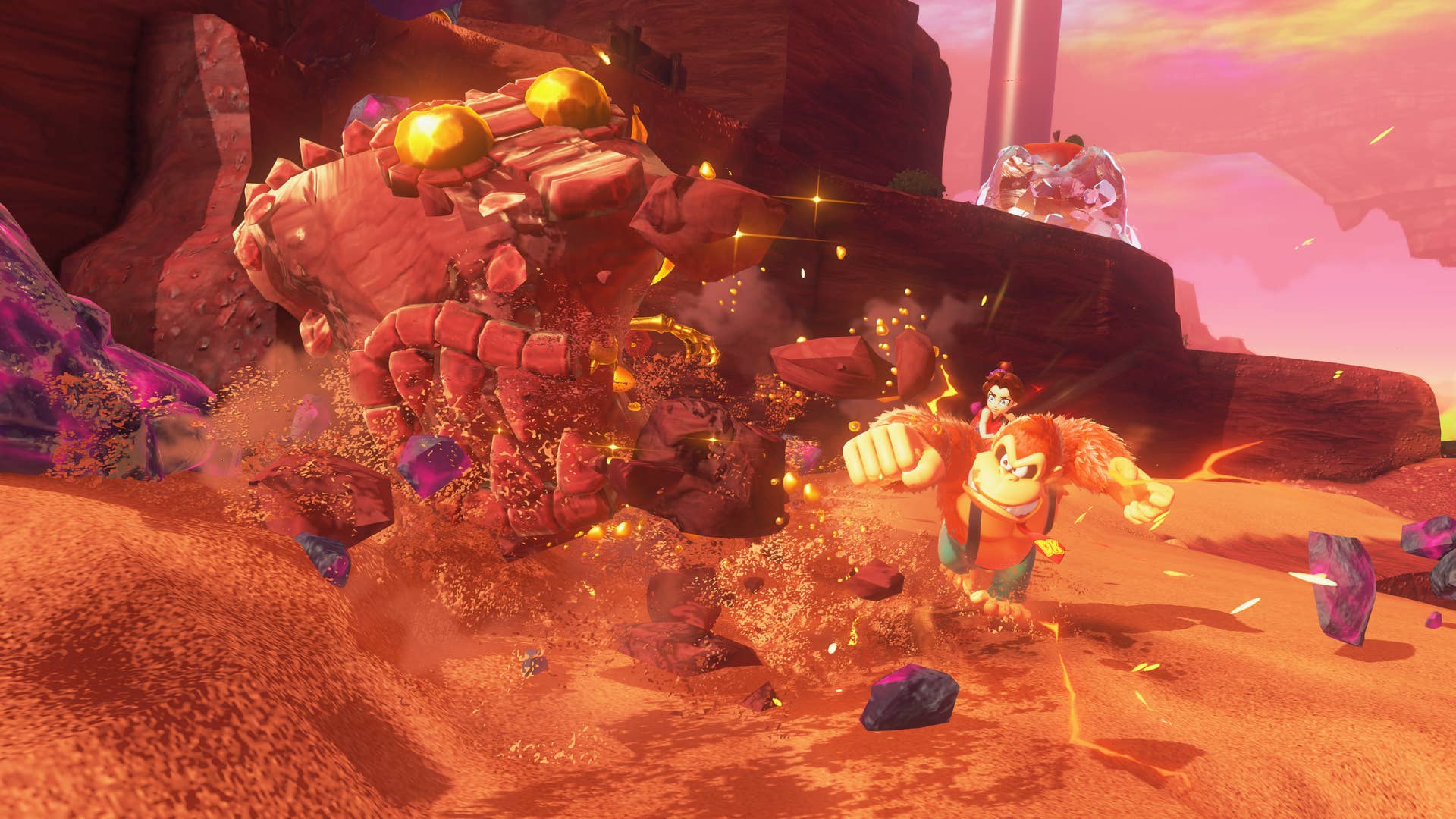
Matthew Castle, who awarded Donkey Kong Bananza four stars in his review for The Guardian, thought the game’s fully destructible levels felt a bit off at first. “There is an initial mushiness to worlds that can be excavated from any angle,” he said.
“Sometimes you blindly mine into rewards intended for challenges you have not yet uncovered or parsed, and the haphazardness of these unearned prizes has you wondering, for a second, if the game’s freeform audacity rings as hollow as the caves you’re punching into existence.”
But these worries evaporated further into the game with the introduction of more complex levels, where destructible ground covers deadly poison swaps or lava. “Down here, land is life, so your treatment of it becomes more deliberate, your strikes more surgical,” he concluded.
Like with Mario’s coins, collectibles are used to guide the player. “See a tantalizing gold piece or fossil embedded in the wall?” asks Plant. “Chuck an explosive Boom Rock at it and there’s a good chance you’ll reveal a new path to explore.”
Destroying absolutely everything in a level in search of collectibles is a viable path, but players can take a more strategic approach by using DK’s upgradeable sonar ability to help find things buried underground.
There’s also strategy in the types of material you come across, which have different levels of hardness and different properties. Thorny material will need to be crushed with something other than DK’s fists, for example. “Each of the foes you come into contact with can appear in forms related to many of the materials, turning this tiering into a factor in combat,” notes Donaldson.
Bananza powers
In addition to his regular moves, DK can unlock Bananza transformations, which see him morph into “big, super-powered animals ranging from an ostrich to a much bigger-than-usual gorilla,” says Bailey.
“These abilities let you do things like glide across big gaps or punch straight through concrete, and while not every one is a winner, the good ones are very satisfying to use,” he said.
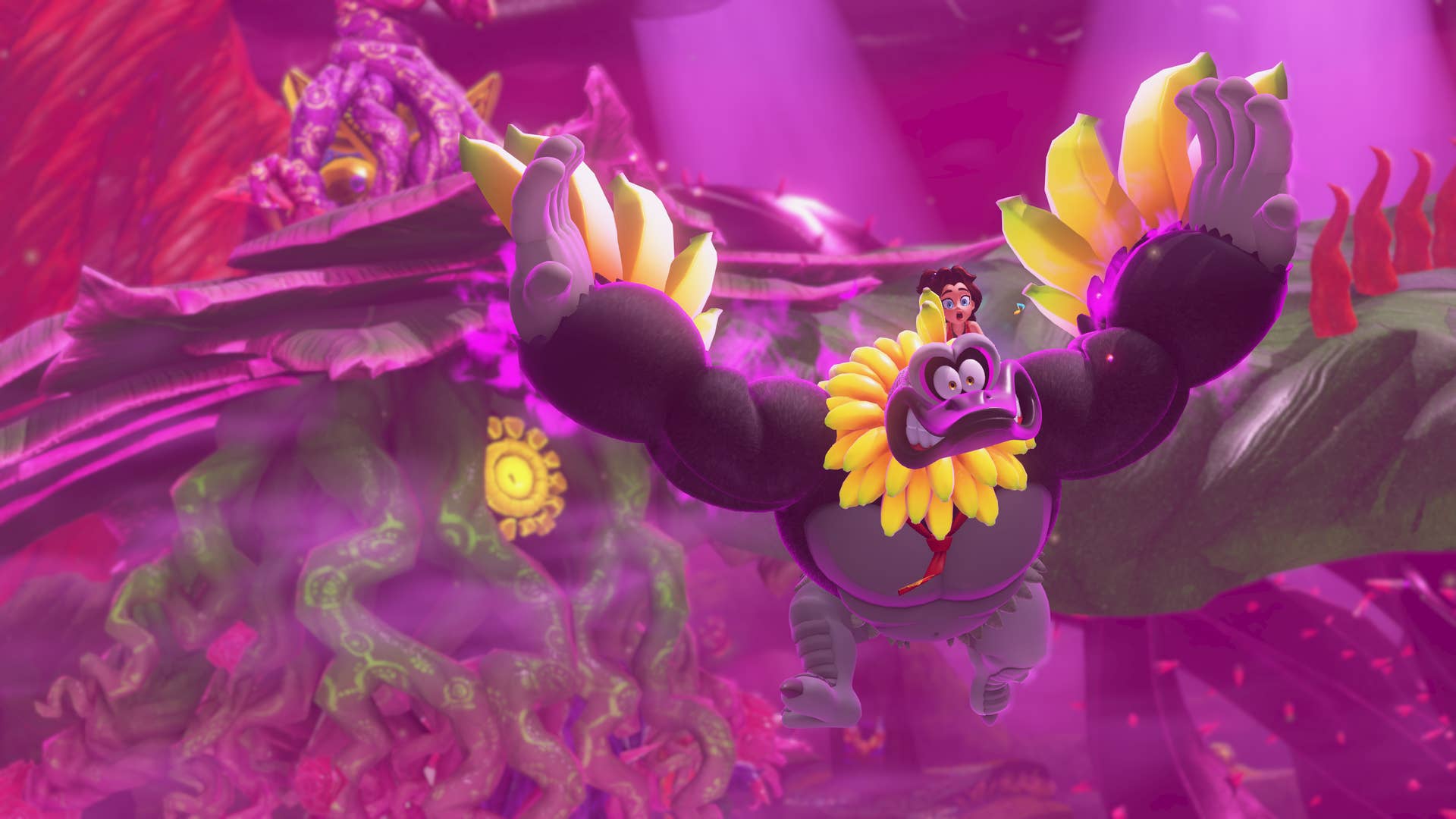
But Donaldson thought that the Bananza forms were a little hit and miss. “I’d argue a good third of the available transformations have extremely limited usefulness,” he said.
Plant adds that a few of them are a bit OP. “If I had to say something critical about the Bananza powers,” he said, “it’s that sometimes they’re too powerful.”
“You can only enter a Bananza if you have enough Bananergy, which is a meter filled by collecting gold, so in theory, the Bananzas should be somewhat limited. However, gold is so plentiful that you’ll pretty much always earn enough Bananergy to transform almost immediately after spending it.”
Castle agreed that some of the Bananza transformations felt too generous, especially on returning to earlier levels, when they “become instant win buttons, dulling the ingenuity of Nintendo’s platforming designs”.
Gripes
Plant noted that the game shows minor frame rate drops in places. “The action generally stays at a solid 60 fps both while docked on the TV and when playing handheld, but it can briefly dip below that when you’re going crazy with the destruction or when you first drop into a brand new level.”
Still, Norman notes that the game is “a prime example of the Switch 2’s beefed-up performance, running at a smooth 60fps for most of the time.” However, he noted that the camera can “get a little squiffy” during some of the more intense digging sequences.
Donaldson found it irritating that tiny bits of material are sometimes left behind by DK’s path of destruction. “This is fine for most of the game,” he said, “but in the late game there’s a heck of a lot of super-deadly health-sapping terrain. Miss a tiny piece of this and then walk into it mid boss battle… whoops, you’re dead!”
He also disliked the way each boss encounter is trotted out multiple times, which he called “a bit rote”.
Castle, meanwhile, thought that Donkey Kong Bananza lacks somewhat in endgame content. “I’m not sure Bananza has the same legs as Mario Odyssey,” he said.
“Where that game blossomed in a rich, post-credit endgame, DK lives more in the moment: moving ever forward, chewing through new ideas and never stopping to pulverise the roses.”
Fresh ideas
One thing everyone could agree on was the range of ideas packed into Donkey Kong Bananza. “I was stunned at the ingenuity on display as I dove to some of its deeper, late-game layers,” said Plant.
“After more than 50 hours, I’m still finding new challenge rooms that mix and match enemies, materials, and abilities in brand-new ways,” said Plant.
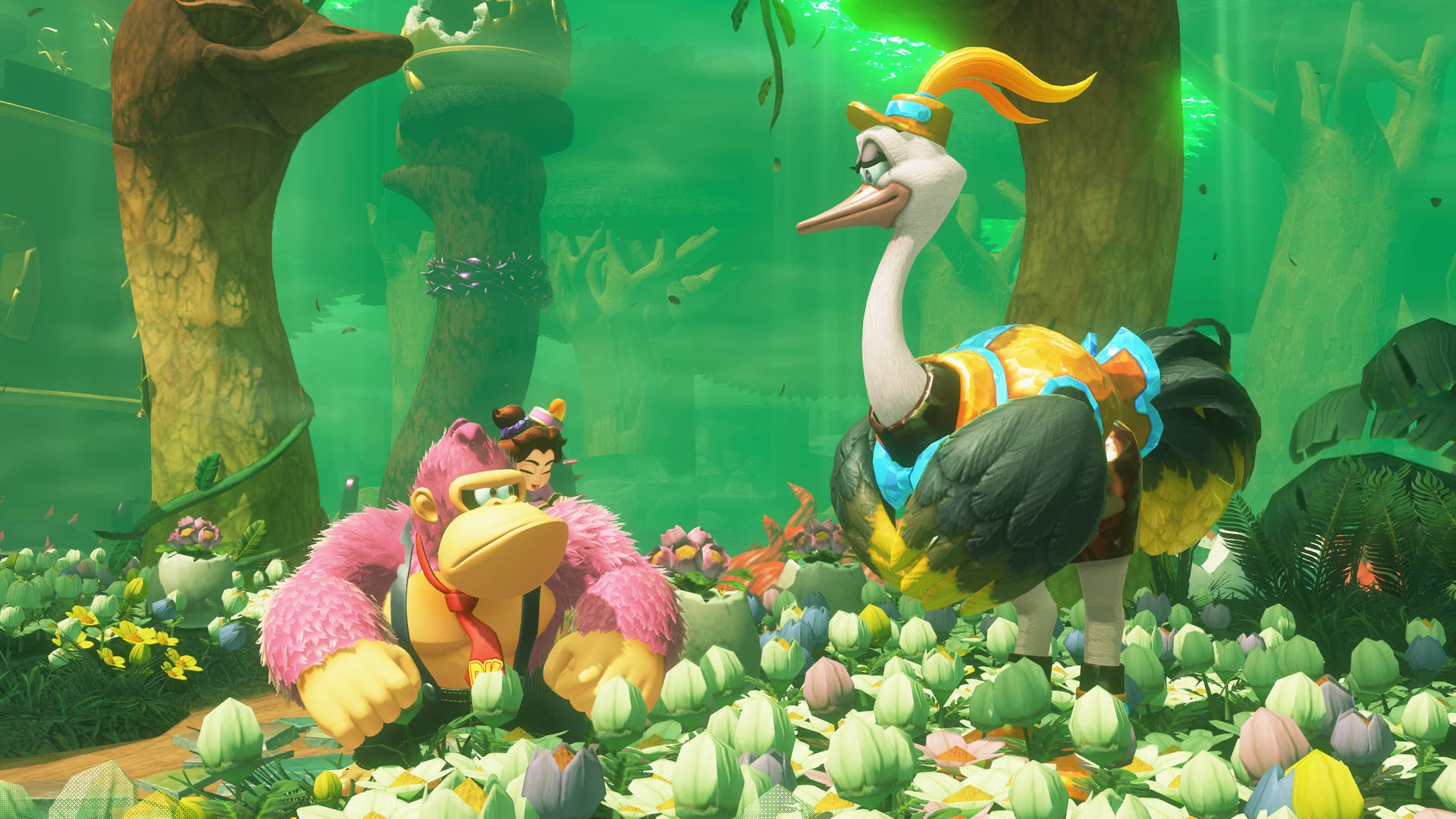
Norman compared the discoverable Challenge Rooms to the Shrines in The Legend of Zelda: Breath of the Wild, and loved the way they called back to “specific DK touchstones like Mine Cart Madness or Bramble Blast to brilliant effect”.
He also enjoyed the DK Artist sculpting mode, “which gobbled up more of my time than I was expecting in my crude attempt to build DK a Waluigi hat.”
“The tools are deeper than I had imagined, and it’s nice to see Mouse Mode in action, though it doesn’t add much to the overall experience other than the worrying thought of what people will do with that poor banana model.”
Steve Watts at Gamespot praised the “spectacular range of expression in the redesign for DK” in his 9/10 review, noting that his face “squashes and stretches like it stepped out of the animated Mario movie”.
“This game has one of the finest finales of any Nintendo game ever”
Alex Donaldson, Eurogamer
“It infuses the character with enormous personality and heart, which is important to establish a bond between him and Pauline, as she does all the talking.”
Alex Donaldson at Eurogamer reckons Donkey Kong Bananza gets better and better as it goes along. “I think this game has one of the finest finales of any Nintendo game ever,” he said.
He points out that the game’s director is Kazuya Takahashi, who previously worked on Final Fantasy 15. “Some of that FF predilection for flair is present here, in a sense, married to a very Nintendo love for a mechanical climax over a narrative one.”
Then again, he complained that some of the game’s best concepts are under-used. “Brilliant ideas are presented, and you can’t wait to see how that mechanic will evolve… and then it just doesn’t.”
Verdict
Overall, Plant concludes that Donkey Kong Bananza is “a brilliant successor to Super Mario Odyssey and a smashing return for a classic Nintendo character.”
“It was a bold choice to build the Switch 2’s first 3D platformer around Donkey Kong instead of Mario, but it’s proven to be the best decision Nintendo could’ve made.”
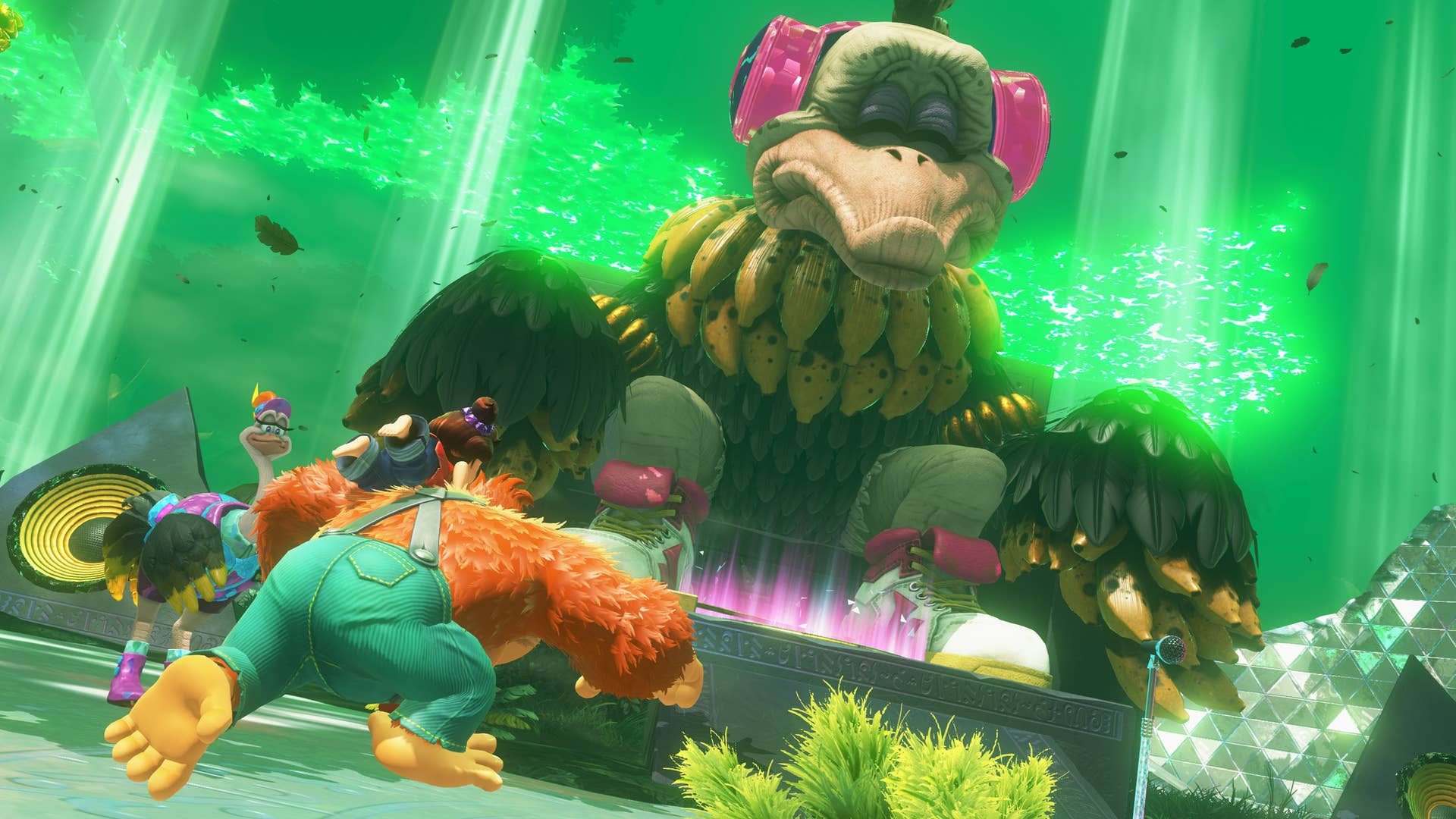
Watts, meanwhile, reckons that Donkey Kong Bananza “deserves to be mentioned alongside games like Mario Odyssey as among Nintendo’s best recent work”. Over at GamesRadar+, Bailey agrees: “The central destruction mechanic is so much fun, and smart level design keeps it delightful from beginning to end with an adventure rivaling Mario’s very best.”
“It’s not the sort of seminal ‘mega wow’ game that Odyssey was,” Eurogamer’s Donaldson concludes. “But it’s exactly the sort of experience where you can slip into a trance-like autopilot, your brain syncing up with the game’s design, and time just disappears.”

